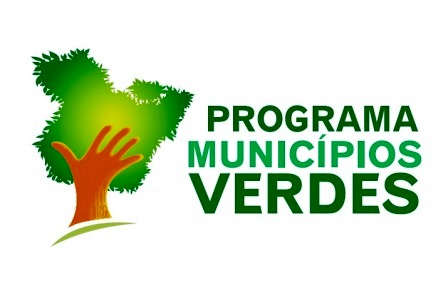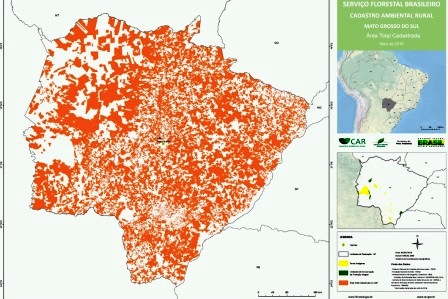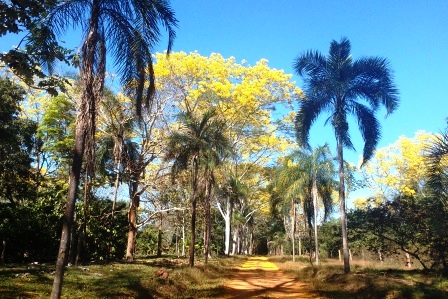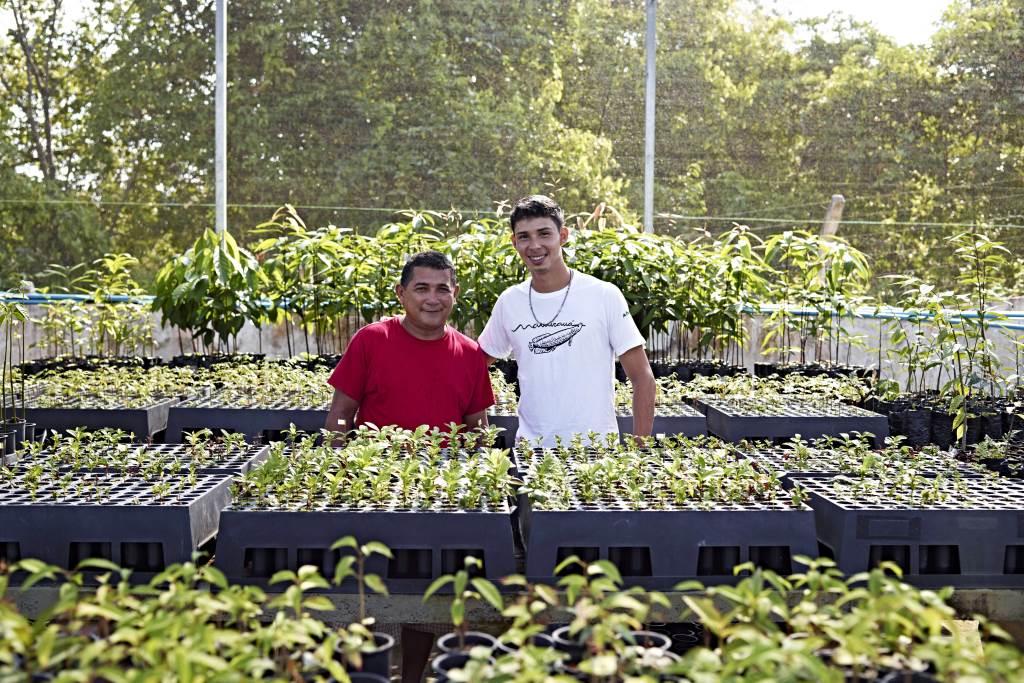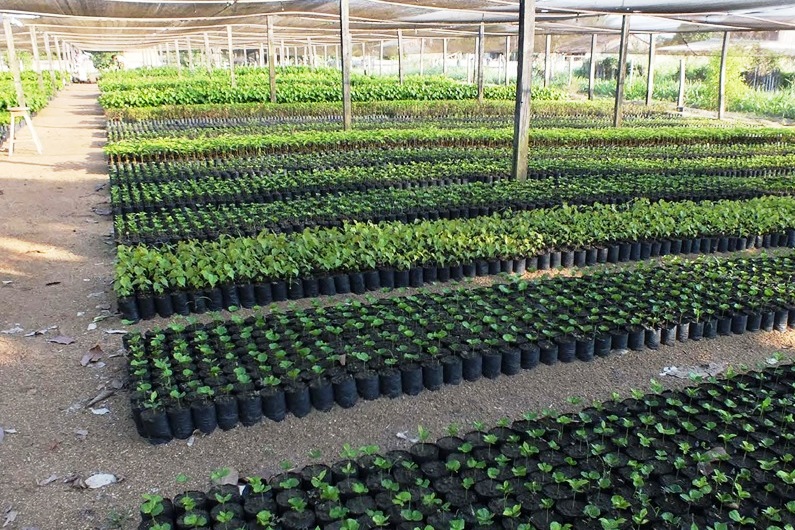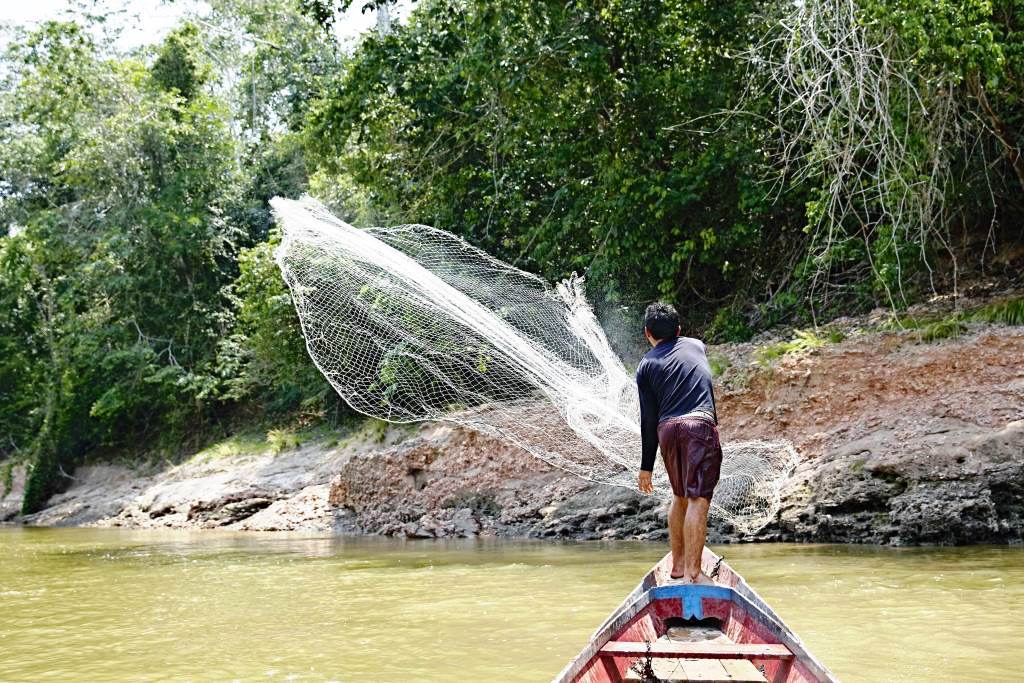INSTITUTIONAL AND ADMINISTRATIVE ASPECTS
The Amazon’s Water Springs – Phase 2 project included, among other partners, the following: Brazilian Agricultural Research Corporation (Embrapa), National Rural Apprenticeship Service (Senar), Rural Union, State University of Mato Grosso (Unemat), and the Life Center Institute (ICV). These institutions assisted mainly in the training and technical assistance activities promoted by the project, as shown below:
- Embrapa Agrossilvipastoril, Sinop (MT): through a partnership agreement in the areas of recovery of degraded areas, good farming practices and organic vegetable gardens, Embrapa worked on validating techniques, continuing staff training and providing technical assistance to producers.
- Senar and Rural Union: an informal partnership was established in the mobilization and training of producers regarding horticulture, fish farming, pasture management and SAFs.
- Unemat: cooperation in the academic training in georeferencing technology of rural properties and good agricultural practices.
- ICV: partnership for the construction and maintenance of an online environmental monitoring platform, with the construction of a digital database of actions carried out within the scope of the project.
RESULT AND IMPACT INDICATORS
The project activities contributed to the results related to the "sustainable production" (1) and "monitoring and control" (2) components of the Amazon Fund’s Logical Framework.
Sustainable Production Component (1)
Outcome 1.1: Management and technical skills of Alta Floresta producers expanded for the implementation of SAFs, pasture management activities, fish farming, meliponiculture, and Pais.
Outcome 1.2: Deforested and degraded areas recovered and used for economic and conservation purposes in the properties of the municipality of Alta Floresta.
The main indicators agreed to monitor these objectives were:
- Number of demonstration units of milk production with improved pasture management practices (outcome indicator)
Target: 17 | Result achieved: 17
Milk production was measured in one of the demonstration units supported by the project, and a 51% increase of this production was verified.
- Number of demonstration units for beef cattle breeding implanted (outcome indicator)
Target: three. Result achieved: three
- Number of rural properties benefiting from pasture management (output indicator)
Target: 100 | Result achieved: 103
- Number of producers trained to implement SAFs, pasture management activities, fish farming, meliponiculture, and Pais (output indicator)
Target: 600 | Result achieved: 1,557
- Number of units of demonstration of Pais implanted (output indicator)
Target: 20 | Result achieved: 20
- Number of new hives distributed to producers (output indicator)
Target: 200 | Result achieved: 300
- Number of fish-farming tanks built and licensed (output indicator)
Target: 50 | Result achieved: 85
Eighty five tanks were built and licensed, and 14 underwent renovation. There were also 19 training events in fish farming to the rural producers of the municipality.
- Area covered by the Guardian Water Program (output indicator)
Target: 647 hectares | Result achieved: 535 hectares
The municipality started the Guardian Water Program benefiting producers located in the water catchment basin used in the municipality. The project’s target was for 100 families to participate in the program, covering 647 hectares; 72 were registered, covering 535 hectares. In two years, a total payment of R$ 291.5 thousand was allocated to the program participants.
Monitoring and Control Component (2)
Outcome 2.1: Alta Floresta Municipal Secretariat of Environment (Secma) structured and modernized for environmental monitoring, control and accountability.
Outcome 2.2: Easy access of the rural producers of Alta Floresta to the environmental regularization of their properties.
The main indicators agreed to monitor these objectives were:
- Extension of APPs recovered for environmental regularization – regeneration in progress (effectiveness indicator)
Target: 3,317 hectares | Result achieved: 3,338 hectares
- Increase in the annual budget executed by Secma (effectiveness indicator)
Target: not defined | Result achieved: 176% increment of annual budget executed (comparative between 2014 and 2016)
- Number of property perimeters with precision georeferencing performed (efficacy indicator)
Target: 1,500 | Result achieved: 760
- Number of environmental records of the first phase of the project updated (effectiveness indicator)
Target: 400 | Result achieved: 413
The project carried out the georeferencing of 760 properties, which contributed to the rectification of 413 registrations with the CAR. The initial target of georeferencing was 1,500 rural properties, and this target was revised after database updating of properties in the municipality of Alta Floresta, which found a total of 760 properties eligible for project support.
The project also helped Alta Floresta’s municipal environmental agency structure and consolidate a database capable of managing the recovery actions of APPs and monitoring the progress of the Degraded Areas Recovery Plans.
- Deforested area in the Municipality of Alta Floresta (effectiveness indicator)
Baseline: 6.8 km² (2013) | Value measured: 12 km² (2017)
There was an increase in the annual rate of deforestation in the municipality of Alta Floresta in 2017 when compared to the project baseline (2013). However, when the temporal perspective of the deforestation rate behavior in the municipality is expanded, there is a significant reduction in these rates between 2004 and 2009 (Amazon Fund’s baseline), from 232 km² to 7.2 km², with permanent oscillation of this rate at a significantly lower level.
Nonetheless, the fact that there was an increase in deforestation during the project execution shows that the actions supported were not enough to combat deforestation vectors, which reinforces the need for continuing the implementation of deforestation monitoring actions and control in the region.
RISKS AND LESSONS LEARNED
The project reached the agreed operational targets, due to the hiring of a qualified and native team from the region of Alta Floresta, which has fully dedicated to its implementation. This strategy presented gains of agility in the execution of the activities and in the commitment with the deliveries expected in the project.
Another important contribution to reach the results was the partnerships signed with Embrapa, Senar, Rural Union, Unemat and ICV. These institutions helped mainly in the activities of training and technical assistance promoted by the project.
In spite of this, it was verified that the implementation of the actions supported by the project was not enough to prevent the increase of the deforestation rate in the municipality, given the limited scale of these actions in relation to the anthropic pressure from deforestation.
SUSTAINABILITY OF RESULTS
The project consolidated the importance of environmental preservation in the region. The central axis of the project was water conservation and encompassed the environmental regularization of properties (with the recovery of riparian forests), and the promotion of sustainable production chains, such as fish farming, meliponiculture and horticulture.
It is expected that, in an environment with successful institutional arrangements and arrangements such as those developed under the project, the positive results achieved with investments, mobilization and technical capacities will continue to contribute to the environmental regularization and increase the income of local producers, besides serving as a demonstration effect for more producers to engage in this agenda.
In order to increase the chances of success of the sustainability of the results achieved, training and technical assistance should continue in a perennial way. However, to this end, the municipality has to remain committed to this public policy, besides finding new funding sources.


